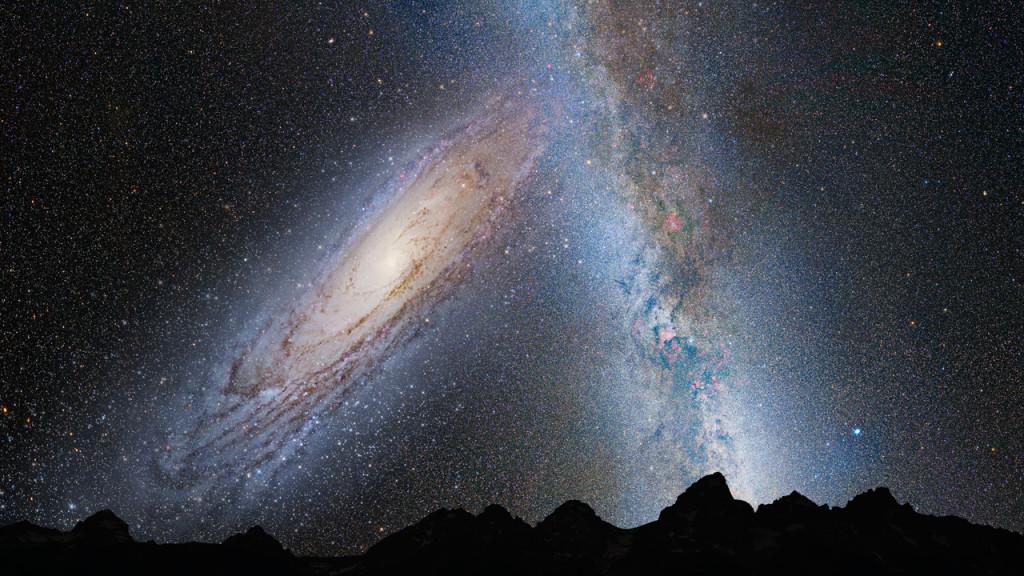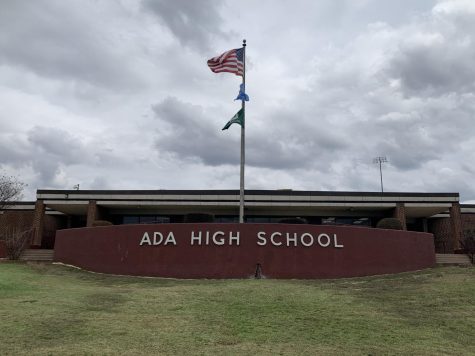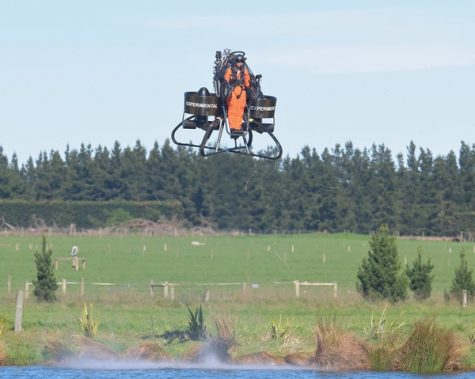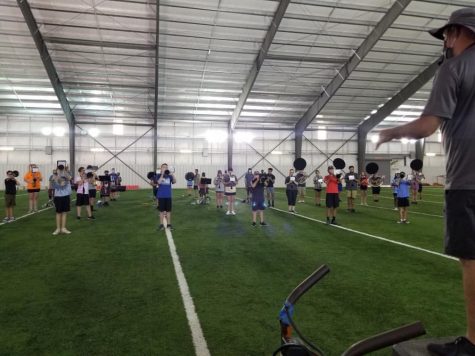What Will We Miss?
What Will We Miss?
Given that we as humans have a limited life span we are going to miss many fantastical events that would appear to the naked eye as the true miracles of god. One such example, among the hundreds of thousands that we would all be honored to see, is the collision between the Andromeda System and our own Milky Way system.
Stellar collisions
While the Andromeda Galaxy contains about 1 trillion stars and the Milky Way contains about 300 billion, the chance of even two stars colliding is negligible because of the huge distances between the stars. For example, the nearest star to the Sun is Proxima Centauri about 4.2 light-years or 30 million solar diameters away. If the Sun were a ping-pong ball, Proxima Centauri would be a pea about 1,100 km away, and the Milky Way would be about 30 million km wide, about 1⁄5 the distance from the Earth to the Sun. Although stars are more common near the centers of each galaxy, the average distance between stars is still 160 billion km. That is analogous to one ping-pong ball every 3.2 km. Thus, it is extremely unlikely that any two stars would collide.
Black Hole: Core Collisions
The Milky Way and Andromeda galaxies each contain a central super massive black hole, these being Sagittarius A* and an object within the P2 concentration of Andromeda’s nucleus. These black holes will converge near the center of the newly formed galaxy, transferring orbital energy to stars that will be moved to higher orbits by gravitationally interacting with them, in a process that may take millions of years. When they come within one light year of one another, they will emit gravitational waves that will radiate further orbital energy until they merge completely. Gas taken up by the combined black hole could create a luminous quasar or an active galactic nucleus. As of 2006, simulations indicated that the future Earth might be brought near the center of the combined galaxy, potentially coming near one of the black holes before being ejected entirely out of the galaxy.
Certainty
Up until 2012, there was no way to know whether the possible collision was definitely going to happen or not. In 2012, researchers came to the conclusion that the collision is definite after using the Hubble Space Telescope between 2002 and 2010 to track the motion of Andromeda. Such collisions are relatively common. Andromeda, for example, is believed to have collided with at least one other galaxy in the past, and several dwarf galaxies such as SagDEG are currently colliding with the Milky Way and being merged into it.














